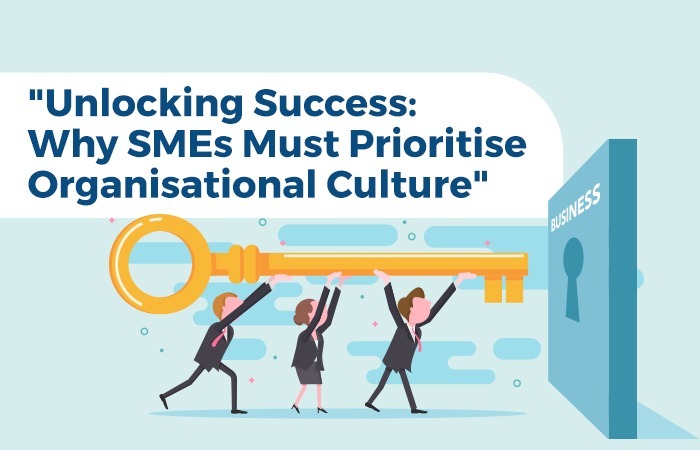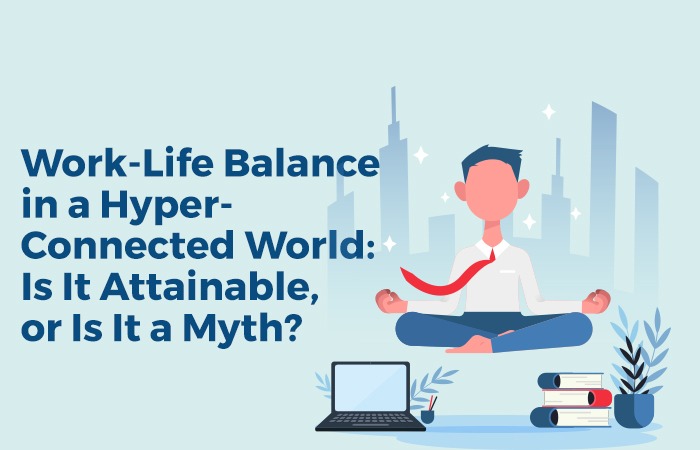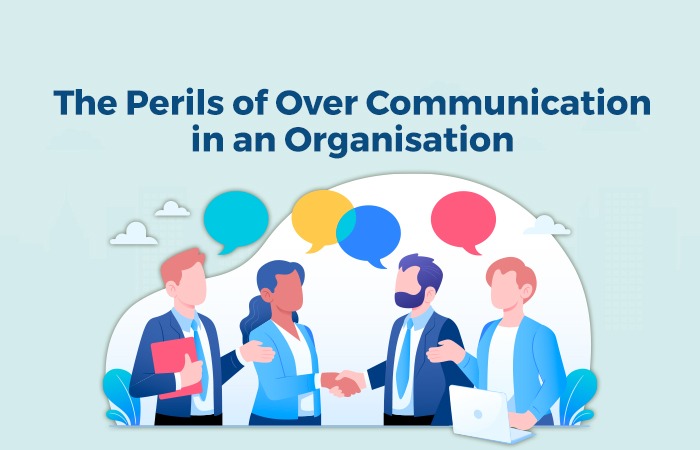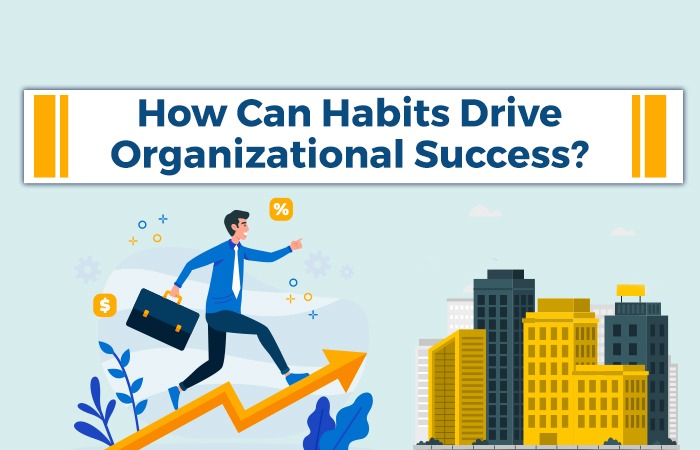Effective communication is the cornerstone of any successful organisation. It fosters collaboration, boosts employee engagement, and enhances overall productivity. However, creating a robust communication network within the workplace is not a one-size-fits-all approach. It requires thoughtful planning, adaptability, and a commitment to continuous improvement. In this blog, we will explore the essential elements of building effective communication channels in the workplace.
1. Understanding the Communication Needs:
The first step towards establishing an effective communication network is to understand the diverse communication needs of your organisation. Different teams may require various channels based on their roles, responsibilities, and projects. Conduct surveys, interviews, or focus groups to gather insights from employees on their preferred communication methods and pain points.
2. Embrace Technology:
In the digital age, technology plays a pivotal role in communication. Implementing the right tools and platforms can significantly improve internal communication. Email, instant messaging apps, project management software, and video conferencing tools are just a few examples of how technology can facilitate seamless communication across teams, departments, and even geographical locations.
3. Establish a Clear Hierarchy:
While encouraging open communication is essential, having a clear hierarchy in place helps to streamline the flow of information. Employees should know who to approach for specific matters, and managers should be accessible to address concerns or feedback. An open-door policy can foster trust and make employees feel comfortable voicing their opinions.
4. Foster Transparent and Honest Communication:
Transparency builds trust within an organisation. Share relevant information openly, such as company updates, financial performance, and future goals. Transparent communication helps employees understand their roles in achieving the organisation’s objectives, making them feel more connected and engaged.
5. Two-Way Communication:
Effective communication is a two-way street. Encourage employees to share their thoughts, suggestions, and concerns. Actively listen to their feedback and respond promptly. Implementing feedback loops ensures that employees feel valued, and their input is taken into consideration when making decisions.
6. Tailor Communication for Remote Work:
With the rise of remote work, organisations must adapt their communication channels to accommodate virtual teams. Utilise video conferencing for face-to-face interactions, set up virtual collaboration spaces, and schedule regular check-ins to maintain team cohesion.
7. Consistency is Key:
Consistency is crucial for effective communication. Establish a schedule for regular updates, team meetings, and company-wide announcements. Consistency creates predictability, reducing misunderstandings and ensuring that everyone is well-informed.
8. Avoid Information Overload:
While consistent communication is essential, it’s vital to strike a balance and avoid overwhelming employees with excessive information. Focus on quality over quantity and share only relevant and timely information.
9. Encourage Informal Communication:
Formal channels are essential, but informal communication is equally valuable. Foster a culture that encourages employees to interact casually, whether it’s through virtual water-cooler chats, team-building activities, or social events. These interactions can strengthen team bonds and create a positive work environment.
10. Evaluate and Evolve:
Building effective communication channels is an ongoing process. Regularly evaluate the effectiveness of your communication strategies. Gather feedback from employees and make necessary adjustments. As the organisation evolves, so should its communication methods.
Effective communication channels are the lifeblood of a successful workplace. By understanding the diverse needs of employees, embracing technology, promoting transparency, and fostering two-way communication, organisations can create a thriving environment where employees feel connected, engaged, and empowered to contribute their best work. Remember, building effective communication channels is not a one-time task but a continuous effort that pays off in improved collaboration, productivity, and overall success.













